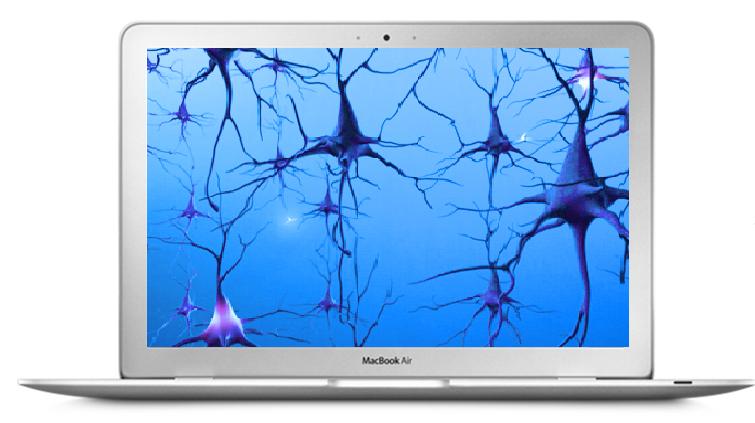Team:Valencia/Project
From 2009.igem.org
| Line 9: | Line 9: | ||
The <b>iGEM Valencia Lighting Cell Display</b> (<b>iLCD</b>) is our project for the present iGEM competition. We plan to make <b>a “bio-screen” of voltage-activated cells</b>, where every “cellular pixel” produces light. | The <b>iGEM Valencia Lighting Cell Display</b> (<b>iLCD</b>) is our project for the present iGEM competition. We plan to make <b>a “bio-screen” of voltage-activated cells</b>, where every “cellular pixel” produces light. | ||
| - | We know of several kinds of cells that are acknowledged to sense and respond to electrical signals, namely <b>neurons, cardiomyocites and muscle cells</b>. These cells use a common second messenger system, calcium ion, which is the molecule that will trigger the light production. Furthermore, we will also work on yeast, even though the lack of knowledge in <i>Saccharomyces</i> electrophysiology, so we can have a wide range of cell types where to choose from to build our iLCD. The main advantages of using electrical signals instead of chemical stimulation, as in the Coliroid project (Levskaya et al, <i>Synthetic biology: Engineering Escherichia coli to see light</i>. <b>Nature</b> 438, 441-442), are reversibility and high frequency: the system can go back to the resting state and it will take <b>milliseconds to refresh an image, actually showing animated pictures!</b>. | + | We know of several kinds of cells that are acknowledged to sense and respond to electrical signals, namely <b>neurons, cardiomyocites and muscle cells</b>. These cells use a common second messenger system, calcium ion, which is the molecule that will trigger the light production. Furthermore, we will also work on yeast, even though the lack of knowledge in <i>Saccharomyces</i> electrophysiology, so we can have a wide range of cell types where to choose from to build our iLCD. The main advantages of using electrical signals instead of chemical stimulation, as in the Coliroid project (Levskaya et al, <i>Synthetic biology: Engineering Escherichia coli to see light</i>. <b>Nature</b> 438, 441-442), are reversibility and high frequency: the system can go back to the resting state and it will take <b>milliseconds to refresh an image, actually showing animated pictures!</b>.</span>[[Image:Logo_banner.jpg|400px|center]]<span style="color:black; align:justify; font-size:10pt; font-family: Verdana"> |
| - | |||
| - | |||
| - | |||
| - | |||
| + | If Molecular Biology is only one of the pillars on top of which this project is established, Engineering is the second pillar. We need to <b>design and build some hardware, and fine tune the software, which allows sending, for the first time in history, electrical signals to an array of cells of our “bio-screen”</b>. Moreover, the dry lab team will model the voltage-activation and light production, taking into account the <b>different cell types as well as the possible noises that could happen on the bench</b>. | ||
The third pillar of this project will be Human Practices. We are going to reflect on the perception that different groups of people, from a variety of educational levels and professional areas, have on Synthetic Biology. <b>For this reason, we have made a survey that has already [http://igemvalencia.questionpro.com been published] and will appear in our wiki and in the well-known social network “Facebook”</b>. | The third pillar of this project will be Human Practices. We are going to reflect on the perception that different groups of people, from a variety of educational levels and professional areas, have on Synthetic Biology. <b>For this reason, we have made a survey that has already [http://igemvalencia.questionpro.com been published] and will appear in our wiki and in the well-known social network “Facebook”</b>. | ||
Revision as of 09:29, 30 July 2009
Valencia iGEM09 Project description
The iGEM Valencia Lighting Cell Display (iLCD) is our project for the present iGEM competition. We plan to make a “bio-screen” of voltage-activated cells, where every “cellular pixel” produces light.
If Molecular Biology is only one of the pillars on top of which this project is established, Engineering is the second pillar. We need to design and build some hardware, and fine tune the software, which allows sending, for the first time in history, electrical signals to an array of cells of our “bio-screen”. Moreover, the dry lab team will model the voltage-activation and light production, taking into account the different cell types as well as the possible noises that could happen on the bench.
The third pillar of this project will be Human Practices. We are going to reflect on the perception that different groups of people, from a variety of educational levels and professional areas, have on Synthetic Biology. For this reason, we have made a survey that has already [http://igemvalencia.questionpro.com been published] and will appear in our wiki and in the well-known social network “Facebook”.
iLCD will be a major advance in Synthetic Biology, opening the field of Green Electronics, integrating electrical signals with cell behaviours. This will reduce the response time of the cells to the activation signal by up to two orders of magnitude, as well as foster the combination of Electronics and Biology.
 "
"







